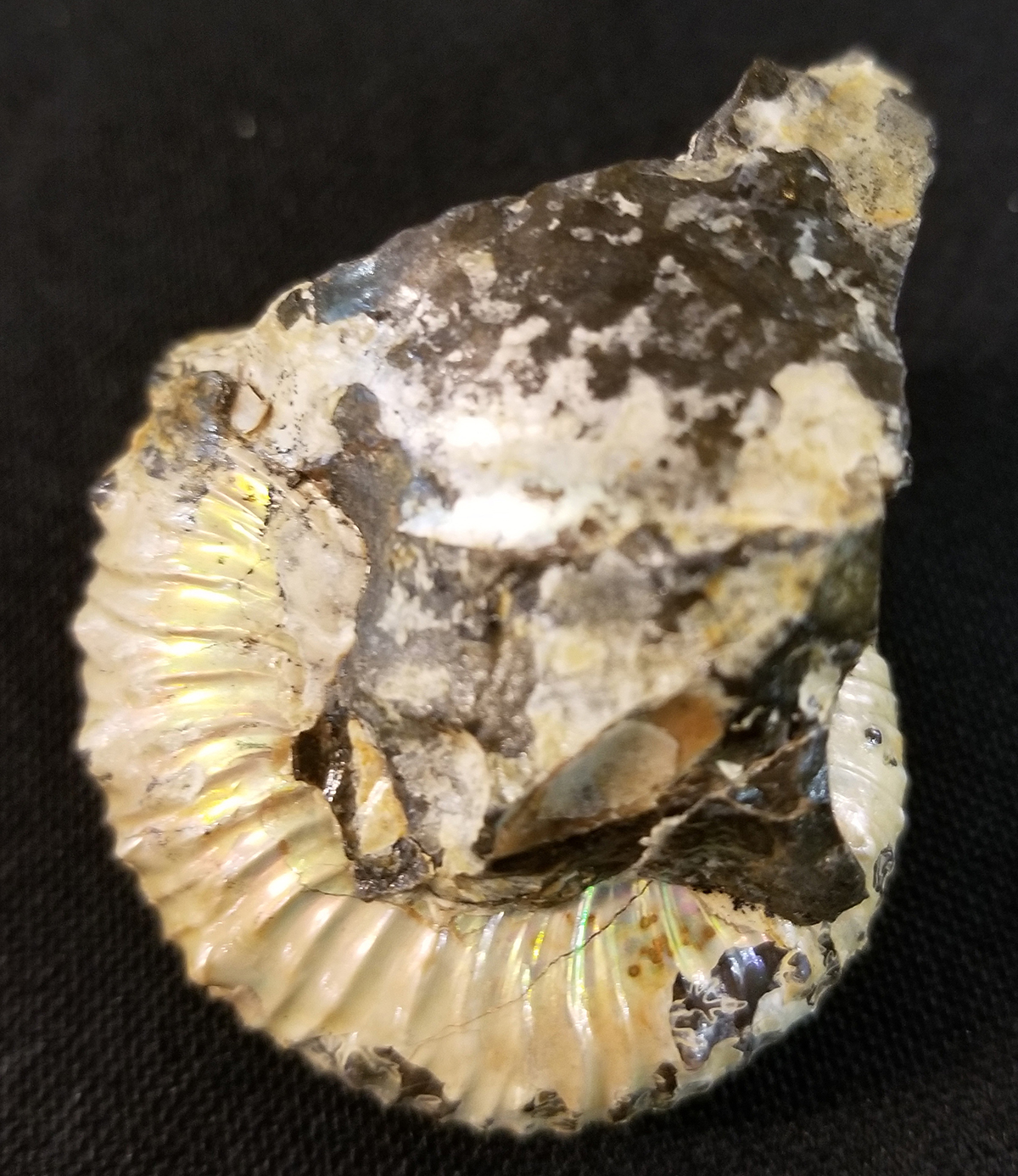

Ammonites were alive and well during a much different world than what we see today. Traditionally they were used to honour ancestors and to connect to ancient sources of knowledge.Īmmonites are one of the very few meditation trinkets that contain ancient life force energy capable of being channeled into the present day. See the site’s content usage guidelines.This gem symbolises Evolution and Continual Change.įossils are a wonderful tool to assist you in moving from the old to the new and to be receptive to the fresh, innovative forces that are available to you.įossils can assist you in your quest for transition, transformation and personal growth, helping you to understand the process of change.Īmmonites can help you to gain perspective on the present, integrate information about the past or potential future, or aid in reorienting yourself after entering altered states of consciousness. The graphic in this article is licensed under a Creative Commons Attribution-NonCommercial-NoDerivatives 4.0 International License. This is just a short summary of some of the processes that can produce fossils there’s a surprising amount of chemistry that’s occurred over millions of years to create the ammonite fossils you can pick up on the beach! The downside is that these pyritised fossils can oxidise and slowly disintegrate in humid conditions, a turn of events known as ‘pyrite rot’. Pyrite is also known as fool’s gold and ammonite fossils that have been pyritised have a golden appearance. Sulfides are produced by decaying organisms and can react with iron to form pyrite (FeS 2) which can take the place of the calcium carbonate. Pyritisation can happen to fossils in sediment saturated with iron sulfides. Often these silicified fossils can be extracted using acids, as the acid will react with the surrounding rock but not the silica. This creates cast fossils with a grey colouration. Silicification happens when silica-rich solutions replace calcium carbonate with silica. Two examples of this are silicification and pyritisation. In other cases, as the shell dissolves, minerals in the surrounding sediment can fill the cavity left behind to make a cast. If the shell doesn’t dissolve, or before it does, minerals can fill the shell’s chambers and produce detailed fossils where some of the original shell can remain intact. Either aragonite or calcite can be dissolved away over time, which can leave a void in the rock where the shell once was. These were made from the calcium carbonate mineral aragonite, but over long time periods, this changes into the more stable mineral form of calcium carbonate, calcite. Over time, subtle changes occur in the ammonite’s shell. Various chemical processes are then involved in the formation of a fossil from the ammonite’s shell. In order to be fossilised, a dead ammonite would need to settle to the seabed, where it would be buried by sediment.

You might think of them as quite small on the basis of the size of the fossils of them that are commonly found, but in fact, some of the largest measured 1.4 metres (4.5 feet) in diameter! Like octopus, squid, and cuttlefish, ammonites were cephalopods, though only their shells are preserved in the fossil record. This graphic takes a brief look at some of these processes!Īmmonites were around in our seas from 400 million years ago to 66 million years ago.

They can come in a number of shapes and forms, and their appearance can be influenced by the manner in which they were formed. If you’ve ever gone combing beaches for ammonite fossils, you might have wondered about the processes which produced them.


 0 kommentar(er)
0 kommentar(er)
